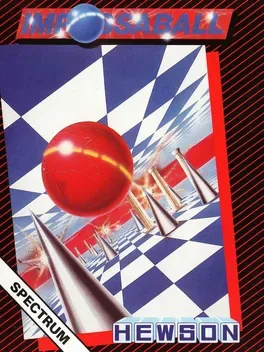Popular games published by company Hewson Consultants
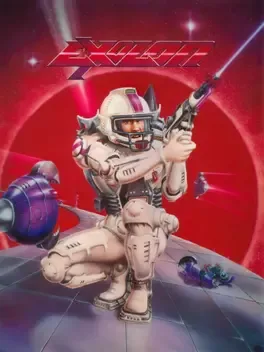
Exolon is a classic side-scrolling action game developed by Hewson Consultants and released in 1987 for various 8-bit home computer platforms. Players control Vitorc, a space marine equipped with an armored exoskeleton suit, as he navigates through 125 screens of hostile alien terrain. The game's core gameplay revolves around precise shooting, strategic grenade use, and skillful maneuvering to overcome a relentless array of enemies and environmental hazards. Known for its high difficulty level, Exolon challenges players with fast-paced action that demands quick reflexes and careful planning. What sets Exolon apart is its distinctive visual style, which pushed the graphical boundaries of 8-bit computers in its era. The game features detailed sprites and backgrounds that create a unique sci-fi atmosphere, complemented by a pulsing soundtrack that enhances the immersive experience. This combination of challenging gameplay, striking visuals, and atmospheric audio helped Exolon stand out in the late 1980s gaming landscape, earning it a cult following among retro gaming enthusiasts. Despite its simple premise, the game's intense action and memorable presentation have secured its place as a notable title in the history of side-scrolling shooters.
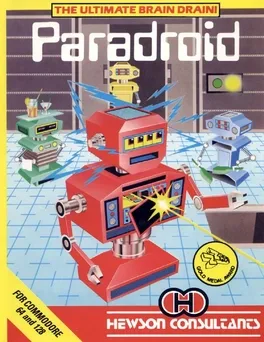
The game is set on a spaceship viewed from a top-down perspective. The ship consists of numerous rooms and levels, each one populated by hostile robots or "droids". The player, in control of a special droid called the "Influence Device", must destroy all the other droids on the ship. Each droid (including the player) is represented as a circle around a three-digit number. The numbers roughly correspond to the droid's "power" or "level", in that higher-numbered droids are tougher to destroy. The Influence Device is numbered "001". The primary way in which the Influence Device destroys other droids is by "linking" with them, effectively taking them over. When the player takes over another droid, the previously-controlled droid is destroyed.
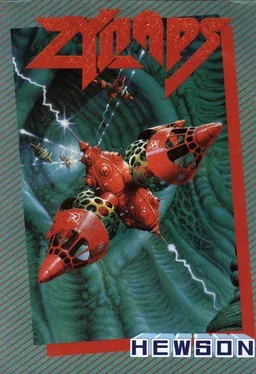
Zynaps is a traditional "left to right" shooter
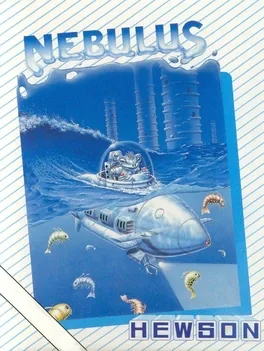
You play a small green guy who needs to blow up eight towers, because their presence is somehow poisoning the water of planets which could potentially be ideal colonies. Unfortunately you need to get to the top of these towers to blow them up. You make your way up to the top of the tower via walkways around the outside of the towers. You need to jump over, kick, and run from various enemies in your journey to the top. Most vertical movement is achieved by jumping onto moving ledges at the right moment. The game was considered revolutionary in its time for its graphic technique. As the main character walked around the outside of the tower, the character was fixed in the middle of the screen while the tower itself rotated. This gave it a pseudo-3D effect. Towers are linked together via a voyage through the sea in your trusty MK.7 submarine. This plays out as a side-scrolling collect-'em-up in which bonus points can be obtained.
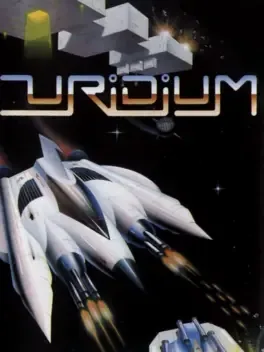
Uridium (released on the NES as The Last Starfighter) is a science fiction side-scrolling shoot 'em up originally designed by Andrew Braybrook for the Commodore 64, and later ported to other 8-bit machines. It consists of fifteen levels, each named after a metal element, with the last level being called Uridium (a fictional metallic element, not to be confused with the real metallic element iridium). The manual quotes Robert Orchard, who invented the name as saying "I really thought it existed".
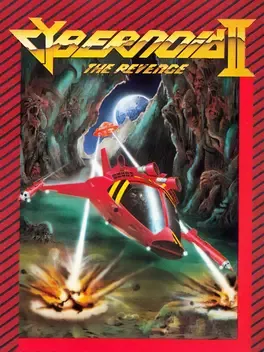
Cybernoid II: The Revenge is a challenging flip-screen shoot 'em up that builds upon its predecessor. Players pilot the advanced Cybernoid craft on a mission to recover stolen cargo from pirate ships. The game features a diverse arsenal of weapons, including sideways-aiming guns, bouncing bombs, and smart bombs, which players must use strategically to overcome varying levels of hazards and unpredictable enemy behavior. Success hinges on collecting at least 1500 points of cargo while navigating through treacherous environments, often requiring quick decisions between engaging enemies and making timely escapes.
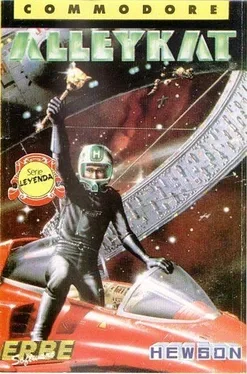
Alleykat is a vertically-scrolling racer with elements of a shoot-em up game. The player, a speeder pilot, strives to become the Alleykat Champion by competing in eight space stadiums scattered around the galaxy. Different races like demolition derbies, time-trials, endurance epics and others feature all kinds of obstacles like rocks, pillars, bridges and hard walls, and several types of enemies race along. The game also features a cooperative two-player-mode.
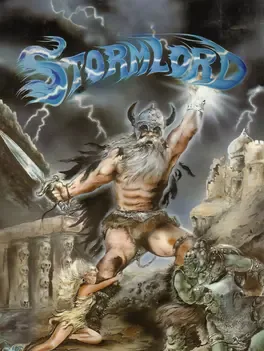
Badh the queen has imposed a terrible vengeance on the land by kidnapping the fairies. To restore things their rightful way, you must rescue them. As you progress through the levels of platform-adventure action, you will come across fairies which are rescued by touching them. Enemies include Venus Fly Traps, localized acid rain showers and dragons, which can be avoided or shot in the bonus shoot 'em up sections. You will need help to reach some levels; this comes from Mael Dvin the Eagle.
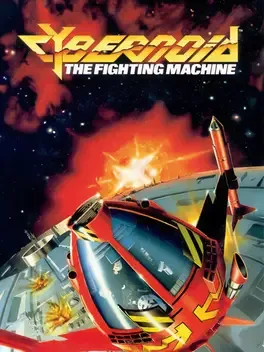
Cybernoid: The Fighting Machine is a shoot 'em up developed and published in 1987 by Hewson Consultants for the ZX Spectrum, and was then ported to the Amstrad CPC, Atari ST, Commodore 64, NES, and Amiga. It was programmed by Raffaele Cecco. The Sinclair ZX Spectrum and Atari ST versions featured a main theme by Dave Rogers, while the Commodore C64 version (later released on the Wii's Virtual Console service) featured a completely different theme by Jeroen Tel.
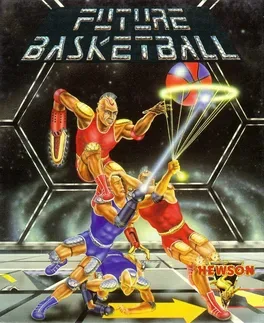
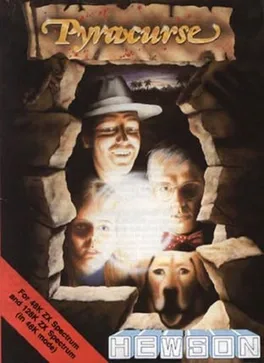
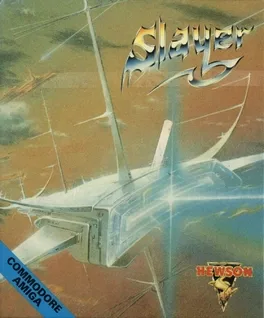
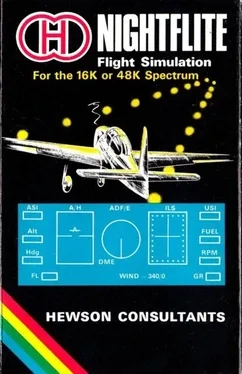
Full flight simulation was offered in this innovative early release. Landing at night (so as to keep the graphics simple and the running speed high on a 3.54Mhz system), you must take off, climb, control the plane mid air, and then land successfully. As well as basic steering, rudders, flaps, wheels and airspeed come under your control. There are five different flight challenges featured, including navigation as well as flight skills, plus a rolling demo on startup.
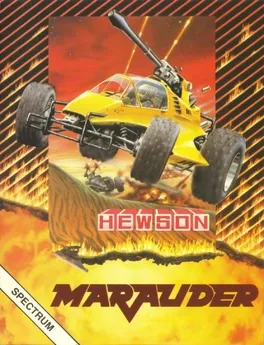
Marauder is a top-down racing game from Arcanum Software Developments.
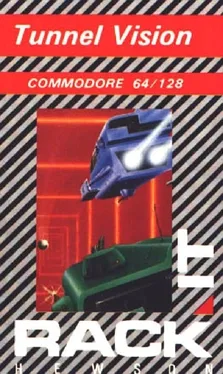

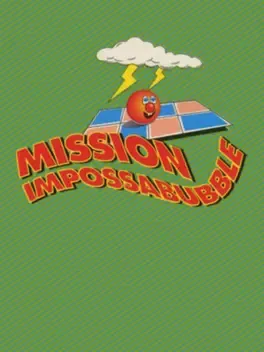
A maze game with 6 stages where you must evade or shoot enemies while collecting 8 scroll fragments in a set order to free a prisoner then take them back to the start of the stage.
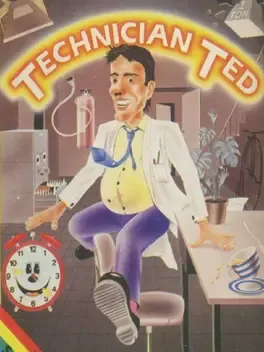
You have 8,5 hours to complete all 21 tasks Ted has to accomplish during his work day. It's up to you to figure what these are and in what order you should do them...
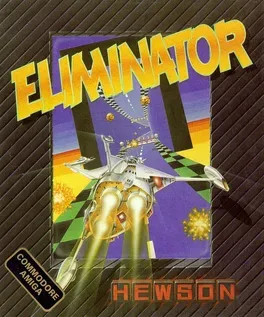
A fast based vertical scrolling shooter written by John Phillips, the man behind Nebulus (also known as Tower Toppler).
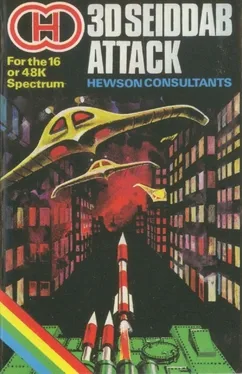
The Seiddab Trilogy is a series of video games designed by Steve Turner (as Graftgold) for the ZX Spectrum and published by Hewson Consultants. It consists of 3D Space-Wars (1983),[1] 3D Seiddab Attack (1984)[2] and 3D Lunattack.[3] All three games were later published together as "The Seiddab Trilogy" by Hewson for the Rotronics Wafadrive.[4] The series name is derived from the word "baddies" being spelt in reverse. Astroclone (1985), also programmed by Turner and featuring the Seiddab, is part of this series.[5]
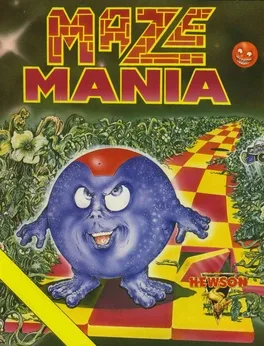
Flippo must travel through the Mazes of the Upper Plane turning the tiles as he goes. Avoiding the gliding aliens that appear to hinder his quest. Collect icons to gain extra power and bound over the starspangled black holes to avoid being suspended, lost in inner space.
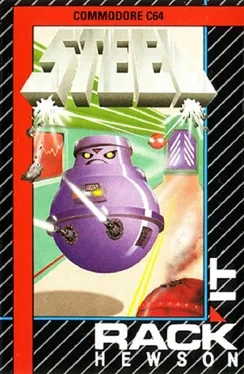

Futuristic shooter where you navigate a space ship through various solar systems.
